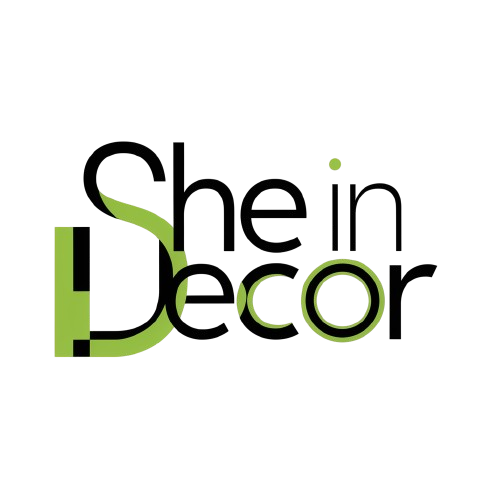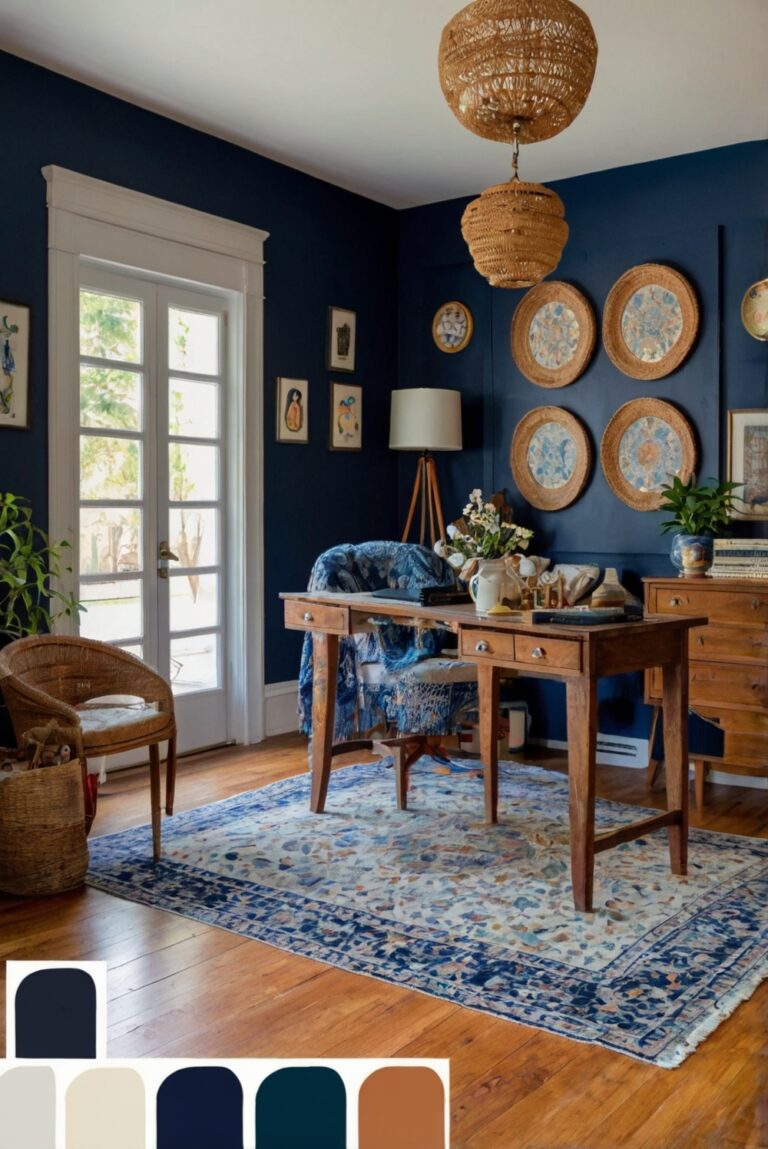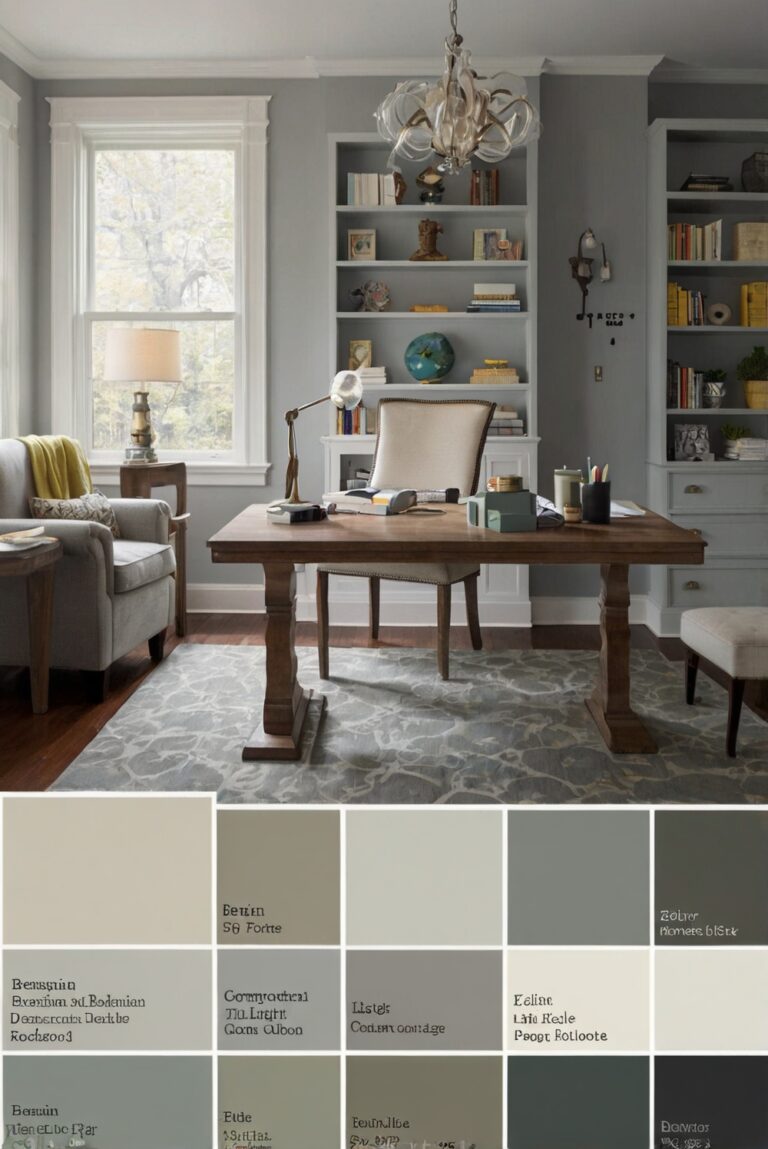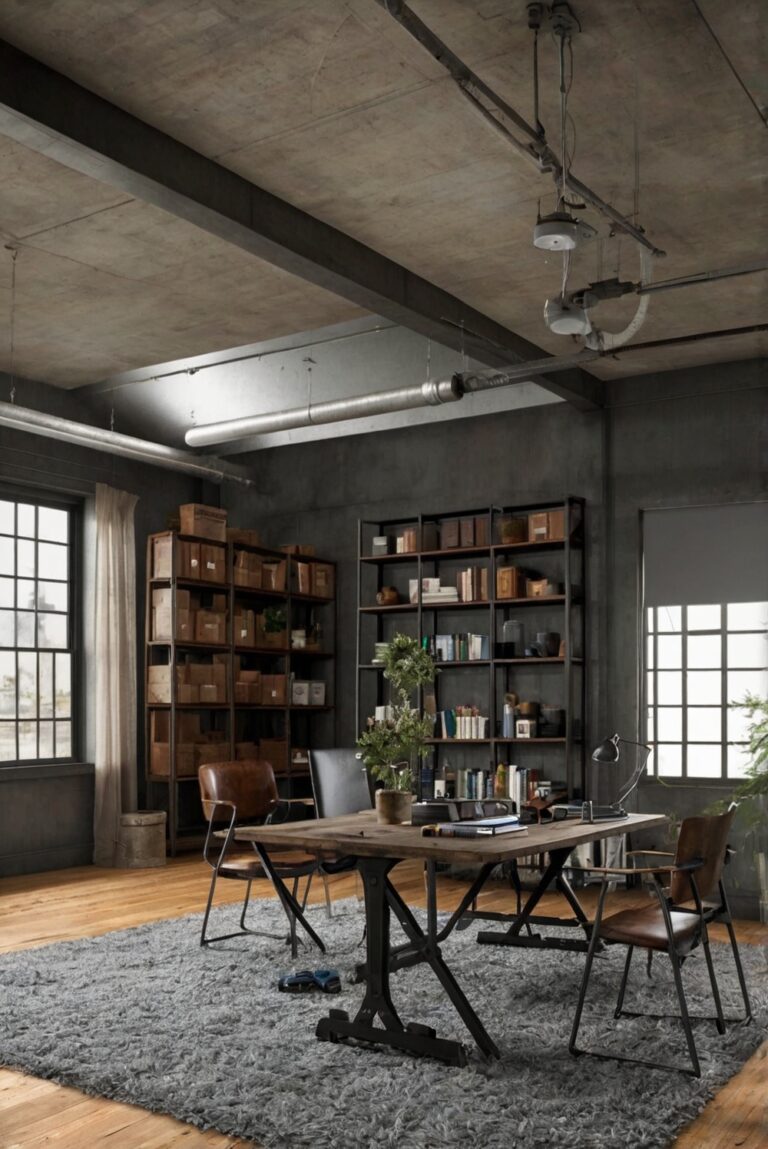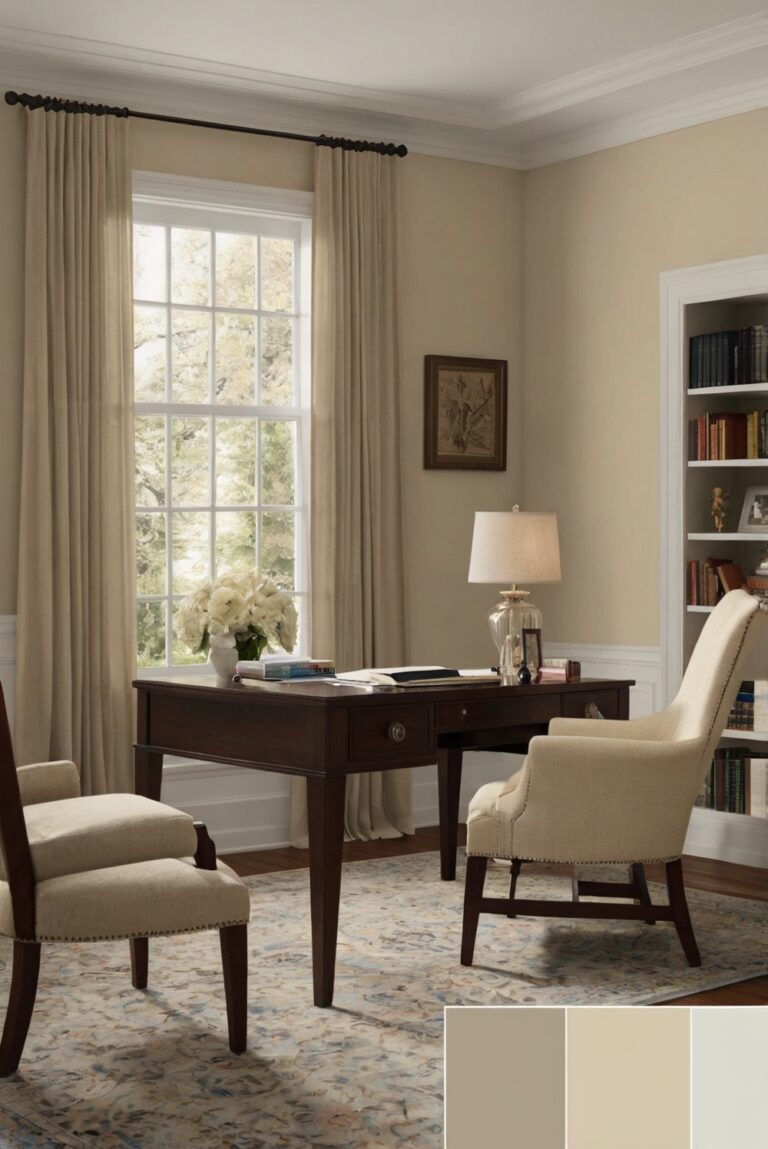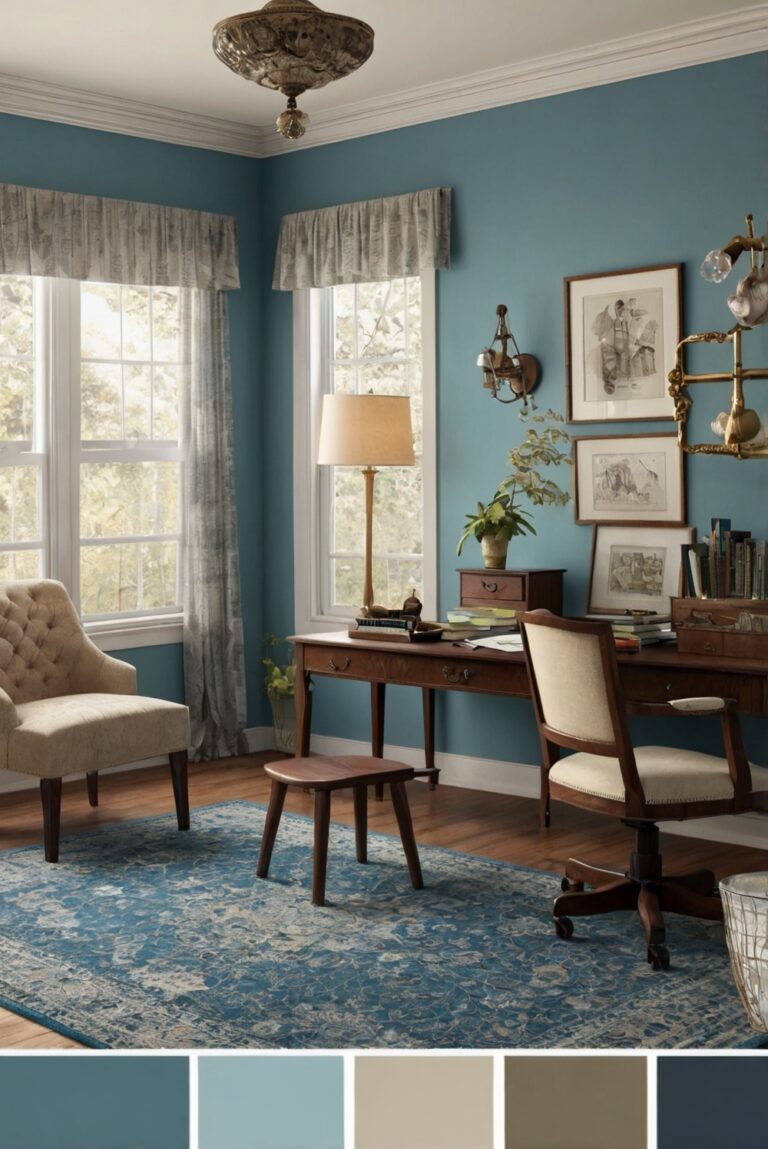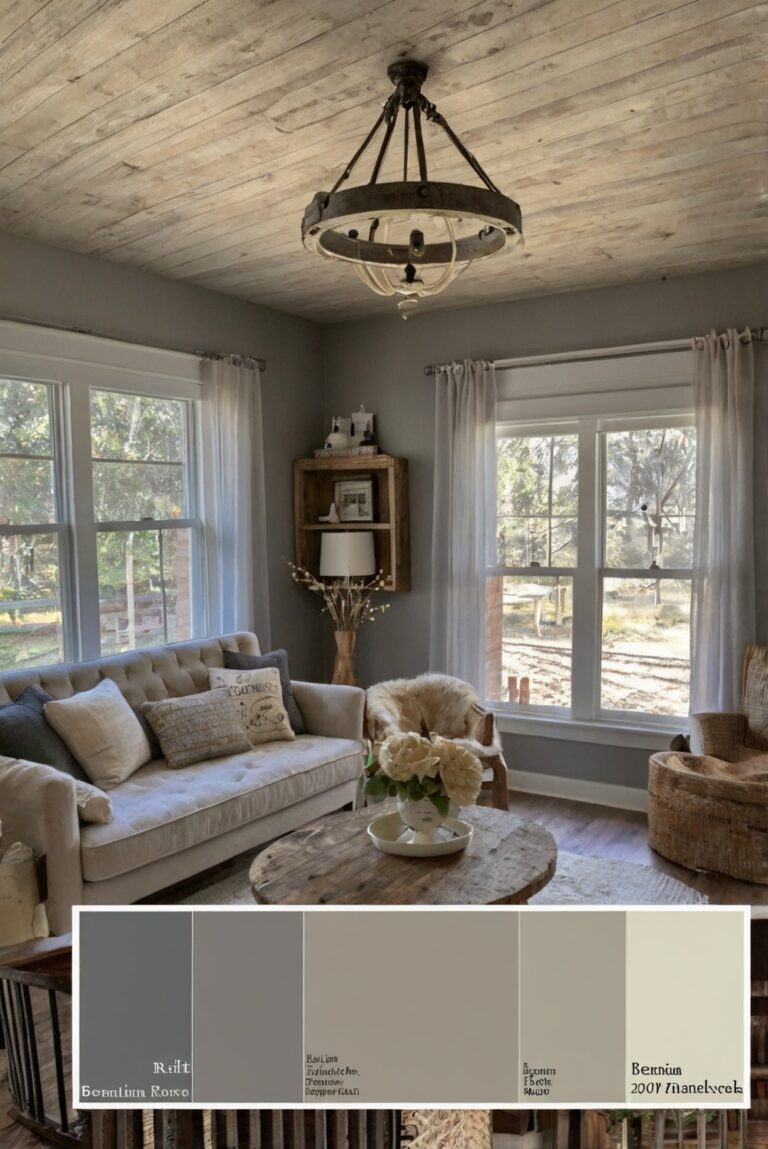Discover the latest trends in home office lighting to create the perfect work environment. Explore stylish decor ideas and functional designs for a productive space.
What Are the Latest Trends in Home Office Lighting?
As a daily routine with my home decor ideas, staying updated on the latest trends in home office lighting is crucial for creating an inspiring workspace. Some of the current trends include incorporating smart lighting solutions for customizable settings, utilizing energy-efficient LED bulbs for cost savings and sustainability, and integrating task lighting for focused work areas. It’s also essential to consider the natural lighting in the room and how to balance it with artificial sources.
By paying attention to these trends in home office lighting, you can enhance productivity and create a comfortable and visually appealing workspace. Proper lighting can also have a significant impact on your mood and overall well-being, making it an important aspect of home decorating and interior design. Remember to take into account space planning and the specific needs of your work area to achieve optimal results.
In addition to focusing on the aesthetics and functionality of lighting fixtures, consider seeking advice from interior designers specializing in home office design. They can provide valuable insights on color matching for walls, choosing the right paint colors for a productive environment, and selecting suitable lighting options based on your preferences. Incorporating these elements into your home office setup can transform your space into a stylish and efficient work area.
To ensure a well-coordinated and harmonious design, it’s essential to maintain consistency in the interior bedroom, kitchen, and living room areas. By following the latest trends in home office lighting and incorporating them into your overall design scheme, you can achieve a cohesive look throughout your home. Whether you’re updating an existing space or planning a new home office, integrating these trends will help you create a workspace that is both functional and visually appealing.
What Are the Latest Trends in Home Office Lighting?
1. Importance of Home Office Lighting:
Having proper lighting in your home office is crucial for creating a productive and comfortable work environment. Good lighting can reduce eye strain, boost concentration, and enhance overall well-being. It also plays a significant role in setting the mood and ambiance of your workspace.
2. LED Lighting:
One of the latest trends in home office lighting is the widespread adoption of LED technology. LED lights are energy-efficient, long-lasting, and provide bright, clear illumination. They come in various color temperatures, allowing you to customize the lighting in your workspace to suit your needs. Additionally, LED lights are eco-friendly and do not contain harmful substances like mercury.
3. Smart Lighting Solutions:
Another popular trend is the use of smart lighting solutions in home offices. Smart bulbs and fixtures can be controlled remotely using a smartphone or voice commands, allowing you to adjust the brightness and color of your lights with ease. Some smart lighting systems also offer features like scheduling, motion detection, and integration with other smart home devices, enhancing convenience and flexibility.
4. Biophilic Lighting Design:
Biophilic lighting design, which incorporates elements of nature into artificial lighting, is gaining popularity in home offices. This trend aims to create a connection to the natural world through lighting, promoting a sense of calmness and well-being. Biophilic lighting can involve using light fixtures that mimic natural sunlight, incorporating plants into the workspace, or utilizing color schemes inspired by nature.
5. Task Lighting and Layered Lighting:
Task lighting, such as desk lamps or under-cabinet lights, is essential for illuminating specific work areas in your home office. Layered lighting, which combines ambient, task, and accent lighting, allows you to create a balanced and visually appealing lighting scheme. By incorporating different types of lighting fixtures and sources, you can reduce glare, enhance visual comfort, and improve the overall aesthetics of your workspace.
In conclusion, staying updated on the latest trends in home office lighting is essential for creating a functional and visually appealing workspace. By incorporating LED lighting, smart lighting solutions, biophilic design, task lighting, and layered lighting techniques, you can enhance productivity, comfort, and well-being in your home office. Experiment with different lighting options to find the perfect balance that suits your needs and preferences. Remember that proper lighting is not only practical but also plays a significant role in shaping the atmosphere and mood of your workspace.
1. What are the latest trends in home office lighting?
The latest trends in home office lighting include the use of LED lights for energy efficiency and adjustable lighting options to cater to different tasks and moods. Smart lighting systems that can be controlled through mobile apps or voice commands are also gaining popularity. Task lighting, such as desk lamps with adjustable brightness levels and color temperatures, is essential for creating a productive work environment. Additionally, incorporating natural light sources and using light fixtures that complement the overall aesthetics of the home office are key trends in modern lighting design.
2. How can I improve the lighting in my home office?
To improve the lighting in your home office, consider incorporating a mix of ambient, task, and accent lighting to create a well-lit and visually appealing workspace. LED light fixtures are energy-efficient and provide bright, focused light for tasks. Position desk lamps with adjustable brightness levels to reduce glare and eye strain. Utilize natural light sources by placing your desk near a window or using sheer curtains to diffuse sunlight. Consider installing dimmer switches or smart lighting systems to adjust the lighting intensity based on the time of day or task requirements.
3. What color temperature is best for home office lighting?
The ideal color temperature for home office lighting is around 4000-5000 Kelvin, which provides a cool, bright light similar to natural daylight. This color temperature helps boost productivity, alertness, and focus while reducing eye strain and fatigue. Avoid using warm or yellow-toned light sources with color temperatures below 3000 Kelvin, as they can create a cozy atmosphere but may not be suitable for tasks that require concentration. Adjustable LED lights with varying color temperatures allow you to customize the lighting in your home office based on your preferences and specific tasks.
4. Are there any specific lighting fixtures recommended for home office use?
Several lighting fixtures are recommended for home office use, including adjustable desk lamps, overhead LED ceiling lights, and track lighting systems. Adjustable desk lamps with dimmable options and flexible arms provide focused lighting for tasks such as reading, writing, or working on a computer. Overhead LED ceiling lights offer ambient illumination that brightens the entire room evenly, while track lighting systems allow you to direct light to specific areas or artworks in your home office. Consider investing in lighting fixtures with high color rendering index (CRI) values to accurately represent colors and textures in your workspace.
5. How can I create a balanced lighting scheme in my home office?
Creating a balanced lighting scheme in your home office involves combining different types of lighting sources to illuminate the space effectively. Start by layering ambient lighting with overhead fixtures or natural light sources to provide general illumination throughout the room. Add task lighting, such as desk lamps or under-cabinet lights, to illuminate specific work areas or tasks. Incorporate accent lighting with wall sconces or spotlights to highlight artwork, plants, or decorative elements in your home office. Experiment with dimmable lights and adjustable fixtures to customize the lighting levels based on your needs and preferences throughout the day.
